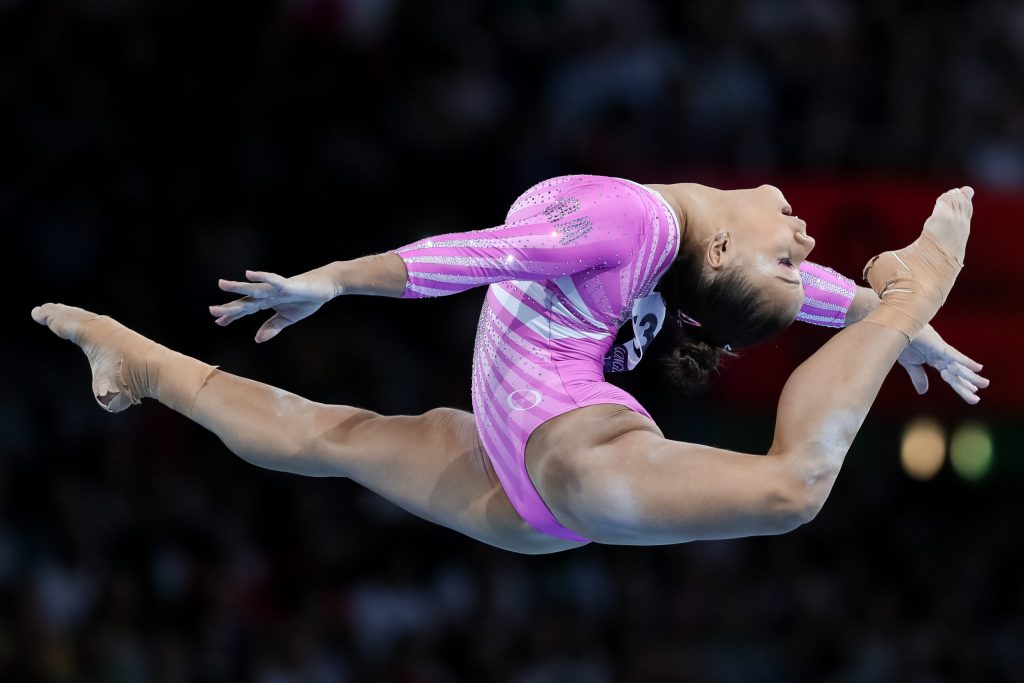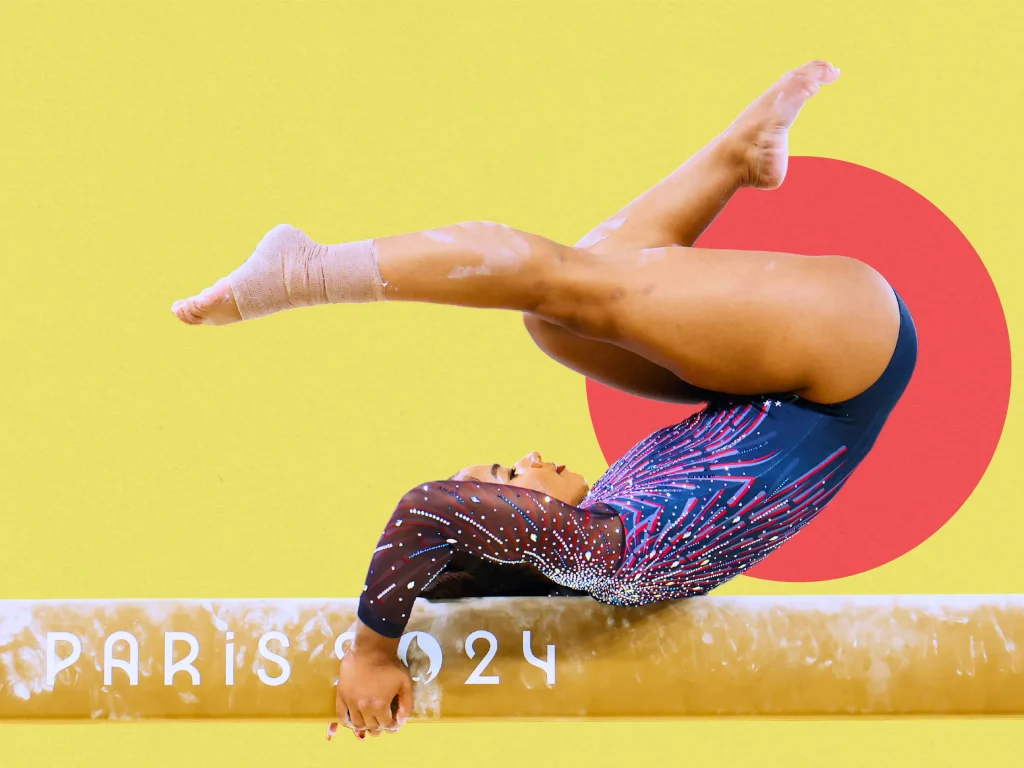Everyone agrees that women’s gymnastics is the highlight of the Summer Olympics. However, behind the stunning performances lies a challenging history. Many gymnasts have spoken out about the verbal abuse and body shaming they faced from coaches. Fortunately, since 2021, the sport has made strides toward a more supportive environment. Despite these improvements, Olympic gymnasts must still adhere to strict rules to compete at the highest level, ensuring they shine like gold on competition day.
1. Practice makes perfect
Olympic gymnasts put in serious hours at the gym to perfect their skills. To qualify for the Olympics, they must master a range of high-level moves and execute them flawlessly. Athletes spend varying amounts of time in training, typically ranging from 30 to 60 hours per week. Even newcomers like Hezly Rivera must train for at least 6 hours every day while also going to school.
2. Legal moves only
Naturally, to win any competition, gymnasts must show off their best moves, but only the legal ones. Yes, believe it or not, there are actually illegal moves that the gymnastics committee banned because they’re too dangerous. For instance, the Korbut flip, popularized by Olga Korbut in 1972, involves standing on the high bar, doing a backflip, and catching the bar again. Despite Korbut’s flawless execution, authorities later banned the move. But even despite the risks, some gymnasts still attempt those dangerous moves.
3. Perfect execution
The two main factors that determine Olympic gymnastics scoring are the difficulty of the routine and the execution of the moves. Even small mistakes, like flexed feet or bent knees, can lead to point deductions and awkward moments, which can ultimately cost the athlete a shiny new medal. But judges don’t always get it right. For example, at the 2021 U.S. Classics, Simone Biles performed a Yurchenko vault, becoming the first woman to do so, but received a surprisingly low difficulty score. The judges said the move was too dangerous, but Biles and others felt she was unfairly scored to keep the competition closer.
4. Proper etiquette
Another thing Olympic gymnasts need to know is how to behave properly, especially when performing on the international stage. Gymnasts can’t bring food or drinks into the competition area, wear in-ear headphones, or talk on the phone. They also can’t criticize their scores, which could be a big problem, as the judges are sometimes blind as bats. Even if they fall or get injured, they must stay calm and professional. There’s even a rule that bans all Olympic athletes from making political protests during events. This rule has faced criticism for being inconsistent with human rights and the values the IOC claims to uphold.

5. Ignore the wedgie
It’s no secret that female gymnasts wear abnormally snug leotards, and since they’re performing all those flips, jumps, and somersaults, sometimes the athletes will get nasty wedgies. While it’s a normal part of the sport, gymnasts aren’t allowed to straighten things up down there during their routines. Some gymnasts use a sticky spray to keep their leotards in place. However, if a wedgie happens mid-routine, they have to wait until they’re off the mat to fix it.

6. No visible underwear
According to the USA Gymnastics rulebook, visible underwear, including sports bras, is a no-go, except for clear bra straps. Gymnasts can wear custom-made undergarments for comfort. They also need to avoid backless leotards, spaghetti straps, and midriff-bearing outfits, as breaking these dress code rules can cost them 0.20 points. Some countries, like New Zealand, have updated their rules, allowing visible underwear without deductions, which may reduce the emphasis on body image and stereotypes in the sport.
